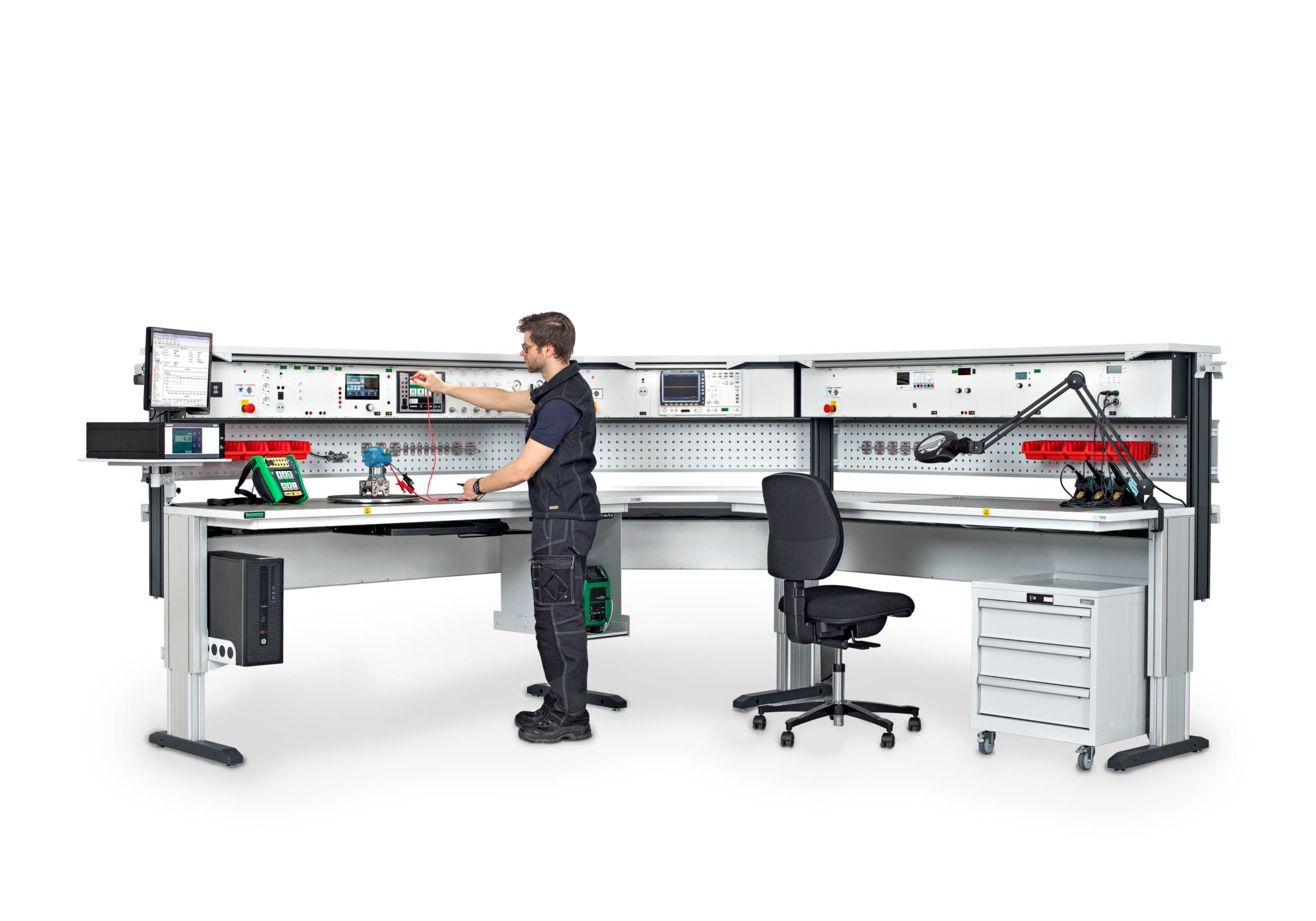Traceability is a property of the result of a measurement, providing the ability to relate the measurement result to stated references, through an unbroken chain of comparisons each having stated uncertainties. (VIM, 6.10) Traceability is a demonstrated or implied property of the result of a measurement to be consistent with an accepted standard within specified limits of uncertainty. (NCSL, pages 42–43) The stated references are normally the base or supplemental SI units as maintained by a national metrology institute; fundamental or physical natural constants that are reproducible and have defined values; ratio type comparisons; certified standard reference materials; or industry or other accepted consensus reference standards. Traceability provides the ability to demonstrate the accuracy of a measurement result in terms of the stated reference. Measurement assurance methods applied to a calibration system include demonstration of traceability. A calibration system operating under a program controls system only implies traceability. Evidence of traceability includes the calibration report (with values and uncertainty) of calibration standards, but the report alone is not sufficient. The laboratory must also apply and use the data. A calibration
laboratory, a measurement system, a calibrated IM&TE, a calibration report, or any other thing is not and be traceable to a national standard. Only the result of a specific measurement can be said to be traceable, provided all of the conditions just listed are met. Reference to a NIST test number is specifically not evidence of traceability. That number is merely a catalog number of the specific service provided by NIST to a customer so it can be identified on a purchase order.
